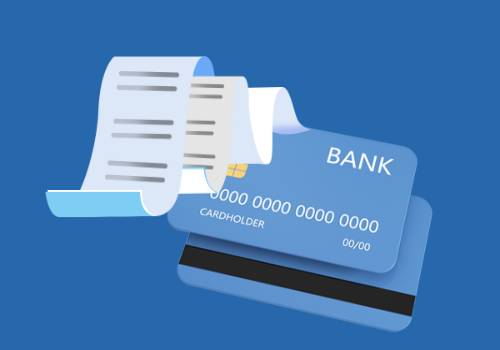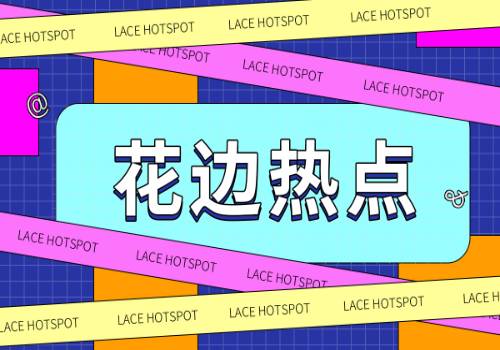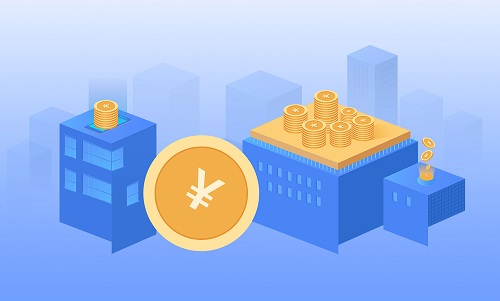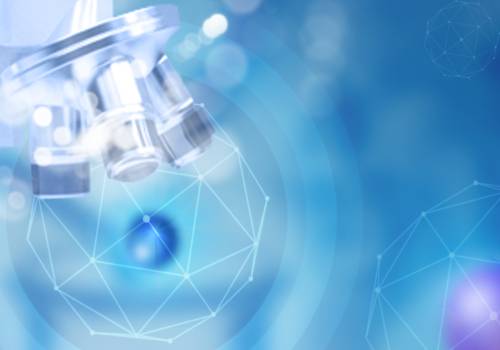山东省立医院疼痛科英语晨读已经坚持10余年的时间了,每天交班前15分钟都会精选一篇英文文献进行阅读和翻译。一是可以保持工作后的英语阅读习惯,二是可以学习前沿的疼痛相关知识。我们会将晨读内容与大家分享,助力疼痛学习。
 (资料图片仅供参考)
(资料图片仅供参考)
本次文献选自Cutri RM, Shakya D, Shibata SB. Neuralgia and Atypical Facial, Ear, and Head Pain. Otolaryngol Clin North Am. 2022 Jun;55(3):595-606.本次学习由谢珺田副主任医师主讲。
After identifying MPDS as the cause of a patient’s pain, it is importantto explain the psychophysiologic nature of their illness. Stress can be anunderlying provocation of MPDS, so patient counseling on exercise, deepbreathing, and relaxation techniques may help improve symptoms. Other thanlifestyle modifications, there are several pharmacologic and nonpharmacologictreatments that can relieve myofascial pain. Antidepressants (SSRIs, SNRIs,TCAs) may be prescribed in the presence of mood disorders, and amitriptyline,in particular, has been shown to be effective in several trials.Benzodiazepines may improve symptoms, but should not be used for long-term treatmentdue to their side effect profile. Botulinum toxin has an off-label use in the treatmentof myofascial pain, but literature on its effectiveness is mixed. Therapeutic ultrasoundis a newer technique that can help treat myofascial pain through applyingmechanical and thermal energy to connective tissues, improving circulation,metabolism, and tissue pliability. Dry needling, also referred to as intramuscularstimulation, has been shown to be an effective treatment for pain relief. Itinvolves the insertion of needles directly into the trigger point which damagesthe motor-end plate, resulting in the denervation of muscles and relaxation oftrigger points. Other less studied treatments include NSAIDs, muscle relaxants(cyclobenzaprine, tizanidine), lidocaine patches, and manipulative therapy(OMT). Myofascial pain syndrome typically resolves with continued treatment;however, many patients may suffer from the condition for decades. Outcomes arebest when patients are treated by a multidisciplinary team consisting ofphysicians, nurses, and physiotherapists.
CLINICSCARE POINTS
Facial neuralgias are characterized by recurrentelectric-shock-like pain attacks that occur in the distribution of variouscranial nerves.
Trigeminal neuralgia (TN) is the most common of thefacial neuralgias and presents with pain in the distribution of the trigeminalnerve, commonly in maxillary (V2) and mandibular (V3) nerve distributions.
Glossopharyngeal neuralgia (GPN) and geniculateneuralgia (GN) are rarer and cause pain via the glossopharyngeal andintermedius nerves typically affecting the posterior wall of the external earcanal.
Myofascial pain dysfunction syndrome (MPDS) ischaracterized by chronic pain in various trigger points, fascial constrictions,and pressure sensitivities.
Neuroimaging including CT and MRI should be includedin the initial work up of facial neuralgias to identify causes of possiblenerve compression as well as other causes of the patient’s facial pain.
Pharmacologic therapy for TN, GPN, and GN includesanticonvulsants (namely carbamazepine), analgesics, steroids, andantidepressants (TCAs) listed in Table1.
Surgical management includes microvasculardecompression, rhizotomy, gamma knife radiosurgery, balloon compression, andinternal neurolysis.
要点
面部神经痛的特征是反复发作的电击样疼痛,发生在各支脑神经的分布区域。
三叉神经痛(TN)是面部神经痛中最常见的,表现为三叉神经分布区疼痛,常见于上颌(V2)和下颌(V3)神经分布区。
舌咽神经痛(GPN)和膝状神经痛(GN)较为罕见,因舌咽和中间神经受累引起疼痛,通常影响外耳道后壁。
肌筋膜疼痛综合征(MPDS)的特征是包括各种扳机点的慢性疼痛、筋膜挛缩和压痛。
包括CT和MRI在内的神经成像可应用于面部神经痛的检查诊断,以确定可能的神经压迫原因以及患者面部疼痛的其他原因。
TN、GPN和GN的药理学治疗包括表1中列出的抗惊厥药(即卡马西平)、镇痛药、类固醇和抗抑郁药(TCAs)。
手术治疗包括微血管减压、神经根切断术、伽玛刀放射外科、球囊压迫术和神经毁损术。



















![中华武林绝学[古风]](http://imgnews.ruanwen.com.cn/2022/0610/20220610111138516.jpg)









